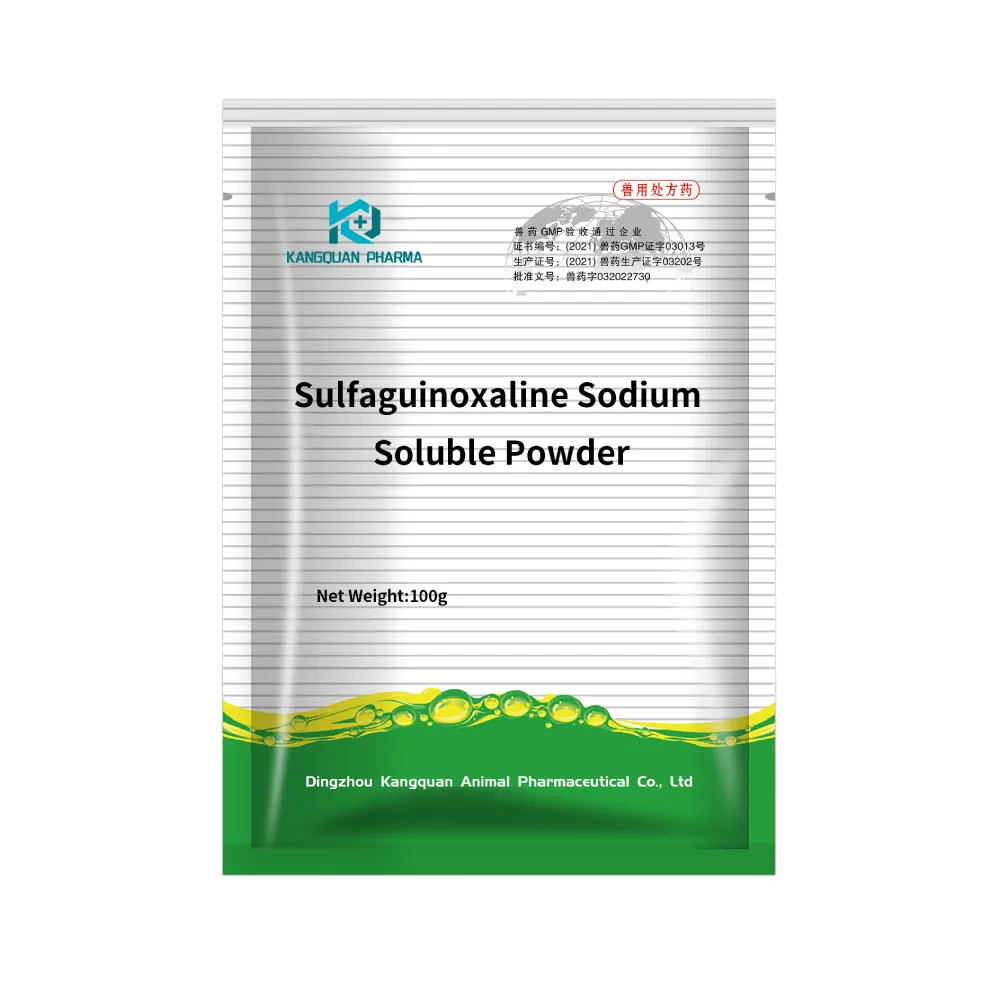- Afrikaans
- Albanian
- Amharic
- Arabic
- Armenian
- Azerbaijani
- Basque
- Belarusian
- Bengali
- Bosnian
- Bulgarian
- Catalan
- Cebuano
- Corsican
- Croatian
- Czech
- Danish
- Dutch
- English
- Esperanto
- Estonian
- Finnish
- French
- Frisian
- Galician
- Georgian
- German
- Greek
- Gujarati
- Haitian Creole
- hausa
- hawaiian
- Hebrew
- Hindi
- Miao
- Hungarian
- Icelandic
- igbo
- Indonesian
- irish
- Italian
- Japanese
- Javanese
- Kannada
- kazakh
- Khmer
- Rwandese
- Korean
- Kurdish
- Kyrgyz
- Lao
- Latin
- Latvian
- Lithuanian
- Luxembourgish
- Macedonian
- Malgashi
- Malay
- Malayalam
- Maltese
- Maori
- Marathi
- Mongolian
- Myanmar
- Nepali
- Norwegian
- Norwegian
- Occitan
- Pashto
- Persian
- Polish
- Portuguese
- Punjabi
- Romanian
- Russian
- Samoan
- Scottish Gaelic
- Serbian
- Sesotho
- Shona
- Sindhi
- Sinhala
- Slovak
- Slovenian
- Somali
- Spanish
- Sundanese
- Swahili
- Swedish
- Tagalog
- Tajik
- Tamil
- Tatar
- Telugu
- Thai
- Turkish
- Turkmen
- Ukrainian
- Urdu
- Uighur
- Uzbek
- Vietnamese
- Welsh
- Bantu
- Yiddish
- Yoruba
- Zulu
Nov . 11, 2024 10:17 Back to list
vet disinfectant
The Importance of Disinfectants in Veterinary Medicine
The health and well-being of animals are critically dependent on effective infection control practices, particularly in veterinary settings. One fundamental aspect of these practices is the use of disinfectants. Often overlooked, disinfectants serve as essential tools in preventing disease transmission, protecting both animal and human health in veterinary clinics, shelters, and farms. This article explores the importance of veterinary disinfectants, their types, and best practices for their effective use.
Understanding Veterinary Disinfectants
Veterinary disinfectants are chemical agents specifically formulated to kill or inactivate pathogenic microorganisms on surfaces and instruments within veterinary settings. Unlike general-purpose cleaners, disinfectants are designed to reduce the risk of infection by targeting bacteria, viruses, fungi, and spores that can pose serious health risks to animals and humans alike.
Disinfectants can be classified into several categories based on their mode of action and spectrum of activity. Common types include
1. Quaternary Ammonium Compounds (Quats) Known for their broad-spectrum activity against bacteria and some viruses, Quats are commonly used in veterinary clinics for surface disinfection. 2. Alcohol-based Disinfectants These are effective against a variety of pathogens but may not be suitable for all surfaces. Their rapid evaporation rate makes them ideal for quick disinfection of small surfaces and tools.
3. Chlorine Compounds Often used for their potent virucidal properties, chlorine compounds are excellent for disinfecting areas with high pathogen loads, such as kennels or surgical rooms.
4. Phenolic Compounds These are effective against a broad spectrum of microorganisms and are often used in veterinary hospitals due to their residual activity.
5. Hydrogen Peroxide With its ability to break down into water and oxygen, this disinfectant is regarded as environmentally friendly and is effective against bacteria and viruses.
The Role of Disinfectants in Disease Prevention
In veterinary medicine, the spread of infectious diseases poses significant challenges. Diseases such as parvovirus in dogs, feline leukemia, and various zoonotic infections can lead to high morbidity and mortality rates. Disinfectants play a pivotal role in mitigating these risks. Regular and thorough disinfection protocols can significantly reduce the prevalence of infectious agents, thereby providing a safer environment for both animals and veterinary staff.
vet disinfectant

In addition to routine cleaning and disinfection, proper use of disinfectants during outbreaks or in high-risk areas is crucial. For example, shelters often face the challenge of managing a high turnover of animals, which increases the likelihood of disease spread. Implementing a robust disinfectant protocol can help control outbreaks, protect susceptible resident animals, and maintain a healthier environment.
Best Practices for Disinfectant Use
To maximize the effectiveness of disinfectants, veterinary professionals should adhere to specific best practices
1. Follow Manufacturer Guidelines Always use disinfectants according to the manufacturer's instructions regarding dilution, contact time, and surface compatibility.
2. Clean Before Disinfecting Thoroughly cleaning surfaces to remove organic matter and debris is essential before applying disinfectants. This enhances their effectiveness and ensures proper penetration.
3. Rotate Disinfectants To prevent the development of resistant strains of microorganisms, it is beneficial to rotate disinfectants from time to time. This strategy helps maintain sharp efficacy against a wide range of pathogens.
4. Educate Staff Training veterinary staff on proper cleaning and disinfecting techniques is essential to ensure compliance and effectiveness in infection control efforts.
5. Monitor and Evaluate Regularly review infection control protocols and monitor the outcomes. Adjust practices based on evolving evidence and any outbreaks that may occur.
Conclusion
Disinfectants are indispensable in veterinary medicine, serving as a frontline defense against the spread of infectious diseases. By understanding their types, proper usage, and following best practices, veterinary professionals can create safer environments for animals and staff alike. With the right approach to disinfection, the veterinary community can significantly contribute to the health and welfare of animals and reduce potential risks to public health.
-
Guide to Oxytetracycline Injection
NewsMar.27,2025
-
Guide to Colistin Sulphate
NewsMar.27,2025
-
Gentamicin Sulfate: Uses, Price, And Key Information
NewsMar.27,2025
-
Enrofloxacin Injection: Uses, Price, And Supplier Information
NewsMar.27,2025
-
Dexamethasone Sodium Phosphate Injection: Uses, Price, And Key Information
NewsMar.27,2025
-
Albendazole Tablet: Uses, Dosage, Cost, And Key Information
NewsMar.27,2025













